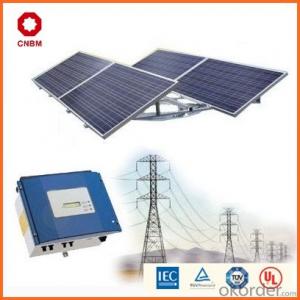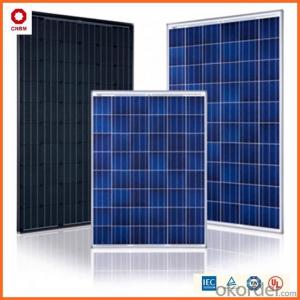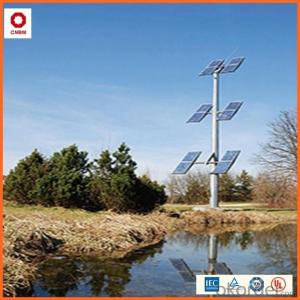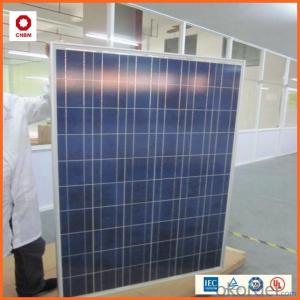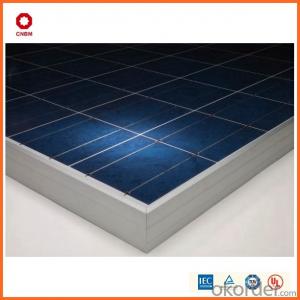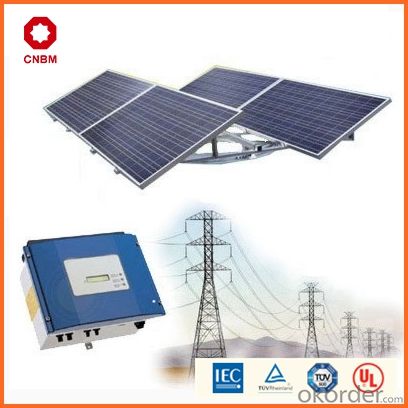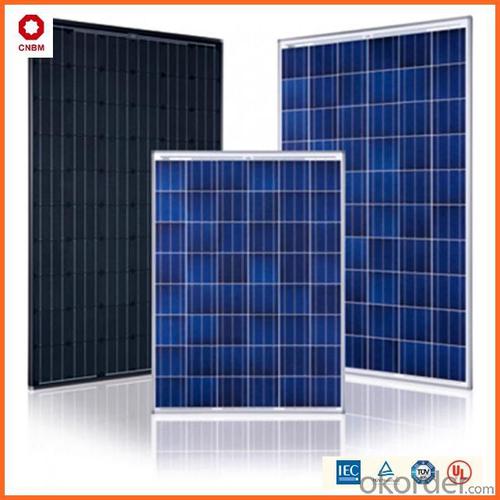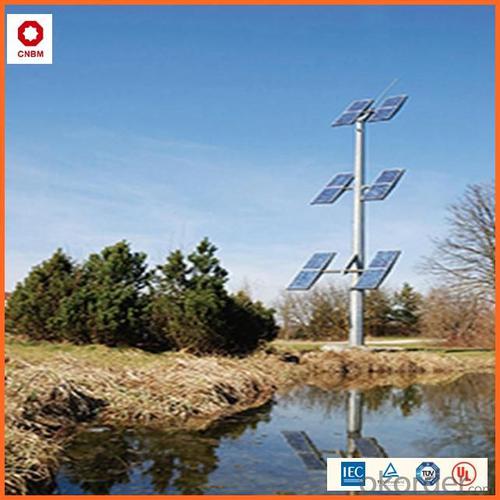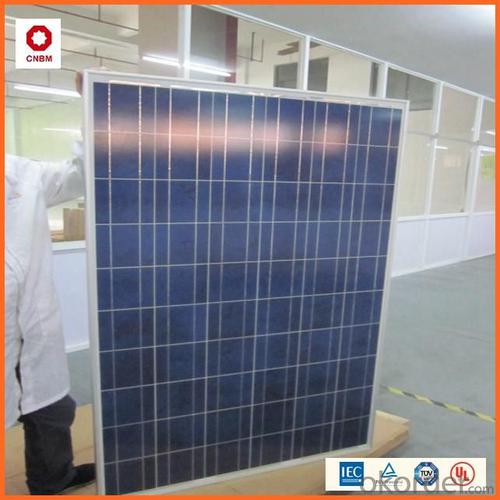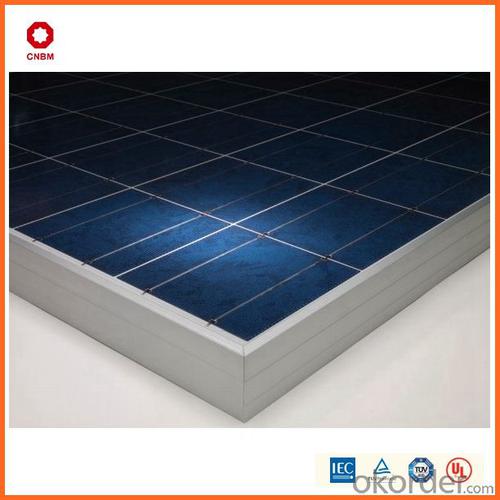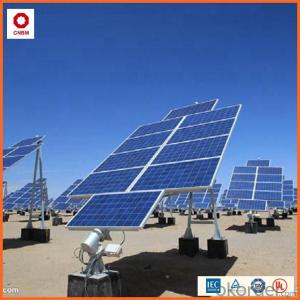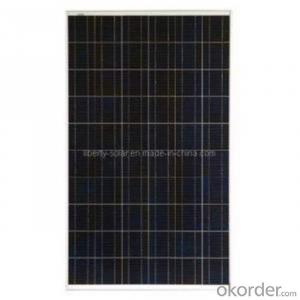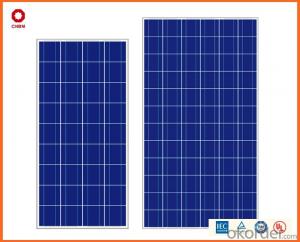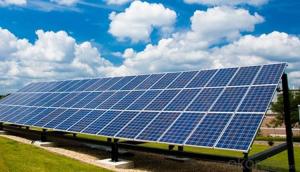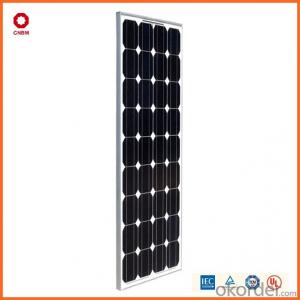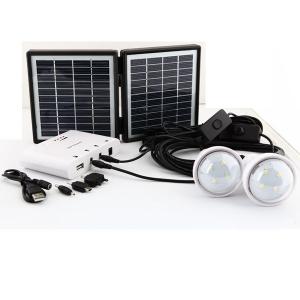BP Solar Energy Systems 70w Poly Small Solar Panels - Stocked with Good Quality
- Loading Port:
- China main port
- Payment Terms:
- TT OR LC
- Min Order Qty:
- 1 watt
- Supply Capability:
- 10000000 watt/month
OKorder Service Pledge
OKorder Financial Service
You Might Also Like
Specification
Hot Sale !!! Quality and Safety of Small Poly Solar Panel 25~85w
1. Rigorous quality control meets the highest international standards.
2. High-transmissivity low-iron tempered glass, strong aluminium frame.
3. Using UV-resistant silicon.
4. IS09001/14001/CE/TUV/UL
Warranties of Small Poly Solar Panel 25~85w
1. 10 years limited product warranty
2. 15 years at 90% of the minimal rated power output
3. 25 years at 80% of the minimal rated power output
Specification
Characteristics of Poly solar panels CNBM (25-85W) | |||||
Max Power Voltage Vmp(V) | 30.3 | 30.8 | 31.1 | 31.4 | 31.85 |
Max Power Current Imp(A) | 7.60 | 7.64 | 7.73 | 7.81 | 7.85 |
Open Circuit Voltage Voc(V) | 36.1 | 36.6 | 37 | 37.3 | 37.68 |
Short Circuit Current Isc(A) | 8.50 | 8.55 | 8.65 | 8.75 | 8.85 |
Max Power Pm(W) | 230W | 235W | 240W | 245W | 250W |
Temperature Coefficient of Cells Poly solar panels CNBM (25-85W) | |
NOCT | 45± 2 |
Temperature Coeffucients of Isc | 0.0492 |
Temperature Coeffucients of Voc | -0.3374 |
Temperature Coeffucients of Voc | -0.4677 |
Mechanical Data of Poly solar panels CNBM (25-85W) | |
Dimension | 1638 × 982 × 40 mm |
Weight | 19.5 kg |
No. of Cells and Connections | 60 (6 ×10) |
Tolerance | 0 ~ + 5 W |
Cell | Monocrystalline Cell 156 × 156 mm |
Packing | 624 Pcs/40ft(H) Container |
Limits of Poly solar panels CNBM (25-85W) | |
Operating Temperature | -40 to +85 |
Storage Temperature | -40 to +85 |
Max System Voltage | 1000VDC(IEC) / 600VDC(UL) |
Features of our products:
• High conversion efficiency mono/poly-crystalline amorphous silicon solar cells
• Modules incorporate high performance bypass diodes to minimize the power drop caused by shading
• High transmittance, low-iron tempered glass
• High performance EVA encapsulant to prevent destroying and water.
• AI frame: without screw, corner connection. 8 holes on the frame can be installed easily
• Good performance of preventing from atrocious weather such as wind and hails
• Certifications: CE IEC TUV VDE UL, Class I
• 10 years 90% power output warranty
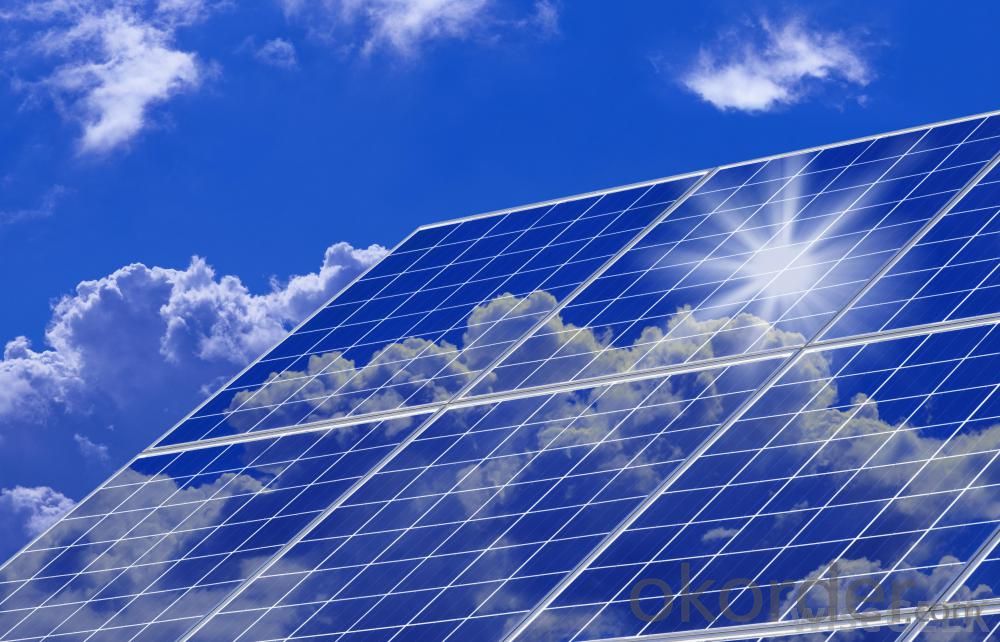
Shipping of Small Poly Solar Panel 25~85w
By Sea | Delivery from Shanghai or Ningbo seaport |
By Air | Departure from Shanghai Pudong Airport |
By Express | Post by DHL, EMS, UPS, TNT. |
- Q: Can solar energy systems be used for powering RVs?
- Yes, solar energy systems can be used for powering RVs. Solar panels can be installed on the roof of an RV to harness sunlight and convert it into electricity. This renewable energy source can power various appliances and systems in an RV, reducing the dependence on traditional fuel sources and providing a sustainable and cost-effective solution for mobile power needs.
- Q: How do solar energy systems contribute to reducing noise pollution compared to traditional power generation methods?
- Solar energy systems contribute to reducing noise pollution compared to traditional power generation methods because they do not rely on mechanical components like turbines or generators that produce loud noises. Instead, solar panels convert sunlight directly into electricity, resulting in a silent operation. This absence of noise helps in creating a more peaceful and less disruptive environment for both humans and wildlife.
- Q: Can solar energy systems be used in areas with limited access to solar energy permits and approvals?
- Yes, solar energy systems can be used in areas with limited access to solar energy permits and approvals. While permits and approvals may be required in certain regions, there are often alternative solutions available. Off-grid solar systems, for example, can be installed in areas without needing permission from utility companies or government entities. Additionally, some areas may have simplified processes or incentives for renewable energy installations, making it easier to overcome permit limitations. It is important to consult local regulations and explore the available options to ensure compliance and maximize the use of solar energy in such areas.
- Q: Can solar energy systems be used for street lighting?
- Yes, solar energy systems can be used for street lighting. Solar street lights are becoming increasingly popular as they are more energy-efficient, cost-effective, and environmentally friendly compared to traditional street lights. They rely on solar panels to convert sunlight into electricity, which is then stored in batteries and used to power the street lights during the night. This renewable energy solution reduces reliance on the grid and helps to reduce carbon emissions.
- Q: How do solar energy systems affect property value?
- Solar energy systems can have a positive impact on property value. Studies have shown that homes with solar panels tend to sell for a higher price compared to similar homes without them. This is because solar panels reduce energy costs, provide a sustainable energy source, and can even generate income through net metering. Additionally, potential buyers are increasingly interested in eco-friendly and energy-efficient features, making solar energy systems an attractive investment that can enhance property value.
- Q: Can solar energy systems be used in areas with limited access to food?
- Yes, solar energy systems can be used in areas with limited access to food. Solar energy systems can provide a sustainable and renewable source of electricity, which can be used to power various agricultural activities such as irrigation, crop drying, and food processing. Additionally, solar energy can be used to power refrigeration systems, enabling the storage and preservation of food in areas with unreliable or no access to traditional energy sources. Therefore, solar energy systems can play a crucial role in improving food security and enhancing agricultural productivity in areas with limited access to food.
- Q: Can solar panels be installed on different surfaces like glass or metal?
- Yes, solar panels can be installed on different surfaces like glass or metal. In fact, solar panels are commonly installed on glass surfaces, such as windows or skylights, to maximize sunlight exposure. Additionally, solar panels can also be mounted on metal roofs or other metal structures. The key requirement is ensuring a sturdy and secure installation to support the weight of the panels and maximize their efficiency.
- Q: Can solar energy systems be installed in urban areas?
- Yes, solar energy systems can be installed in urban areas. In fact, urban areas offer great potential for solar installations due to the availability of rooftops, parking lots, and other spaces where solar panels can be mounted. With advancements in solar technology and innovative installation methods, urban areas can benefit from clean and renewable solar energy to meet their power needs.
- Q: What is the role of monitoring systems in a solar energy system?
- The purpose of monitoring systems in a solar energy system is to gather and analyze data related to the system's performance and efficiency. These systems play a vital role in ensuring optimal functioning of the solar energy system and promptly identifying and addressing any potential problems or inefficiencies. Typically, monitoring systems consist of sensors and meters that measure various parameters such as solar radiation, energy production, temperature, and voltage. This data is collected in real-time and can be accessed remotely, allowing system owners, operators, and maintenance personnel to monitor the system's performance from anywhere. By collecting and analyzing this data, monitoring systems provide valuable insights into the overall health and functionality of the solar energy system. They can detect and notify users about any malfunctions, such as faulty panels, inverters, or wiring, facilitating prompt maintenance or repairs. This proactive approach helps minimize downtime and maximize energy production, ensuring the system operates at its maximum potential. Additionally, monitoring systems help optimize the energy output of the solar system. By tracking energy production and consumption patterns, they can identify opportunities for improvement, such as adjusting the tilt or orientation of the panels, optimizing battery storage, or implementing energy-saving measures. These insights allow system owners to make informed decisions to enhance the overall efficiency and performance of the solar energy system. Furthermore, monitoring systems provide financial and environmental benefits. They can calculate and display real-time energy production, allowing system owners to monitor their energy savings and financial returns. This information is crucial for evaluating the system's payback period and determining the return on investment. Moreover, monitoring systems enable the identification of any inconsistencies or deviations from expected energy production, which can indicate potential issues such as shading or dirt accumulation on the panels. By promptly addressing these issues, system owners can maintain the system's efficiency, extend its lifespan, and reduce maintenance costs. In conclusion, monitoring systems are an essential component of solar energy systems, providing real-time data and insights that optimize performance, detect and address issues promptly, maximize energy production, and ensure a strong return on investment.
- Q: Are there any limitations to the amount of electricity a solar energy system can generate?
- Yes, there are limitations to the amount of electricity a solar energy system can generate. These limitations include factors such as the size and efficiency of the system, the amount of sunlight available, and the geographical location of the system. Additionally, external factors like weather conditions and shading can affect the system's performance and limit its electricity generation.
Send your message to us
BP Solar Energy Systems 70w Poly Small Solar Panels - Stocked with Good Quality
- Loading Port:
- China main port
- Payment Terms:
- TT OR LC
- Min Order Qty:
- 1 watt
- Supply Capability:
- 10000000 watt/month
OKorder Service Pledge
OKorder Financial Service
Similar products
Hot products
Hot Searches
Related keywords
